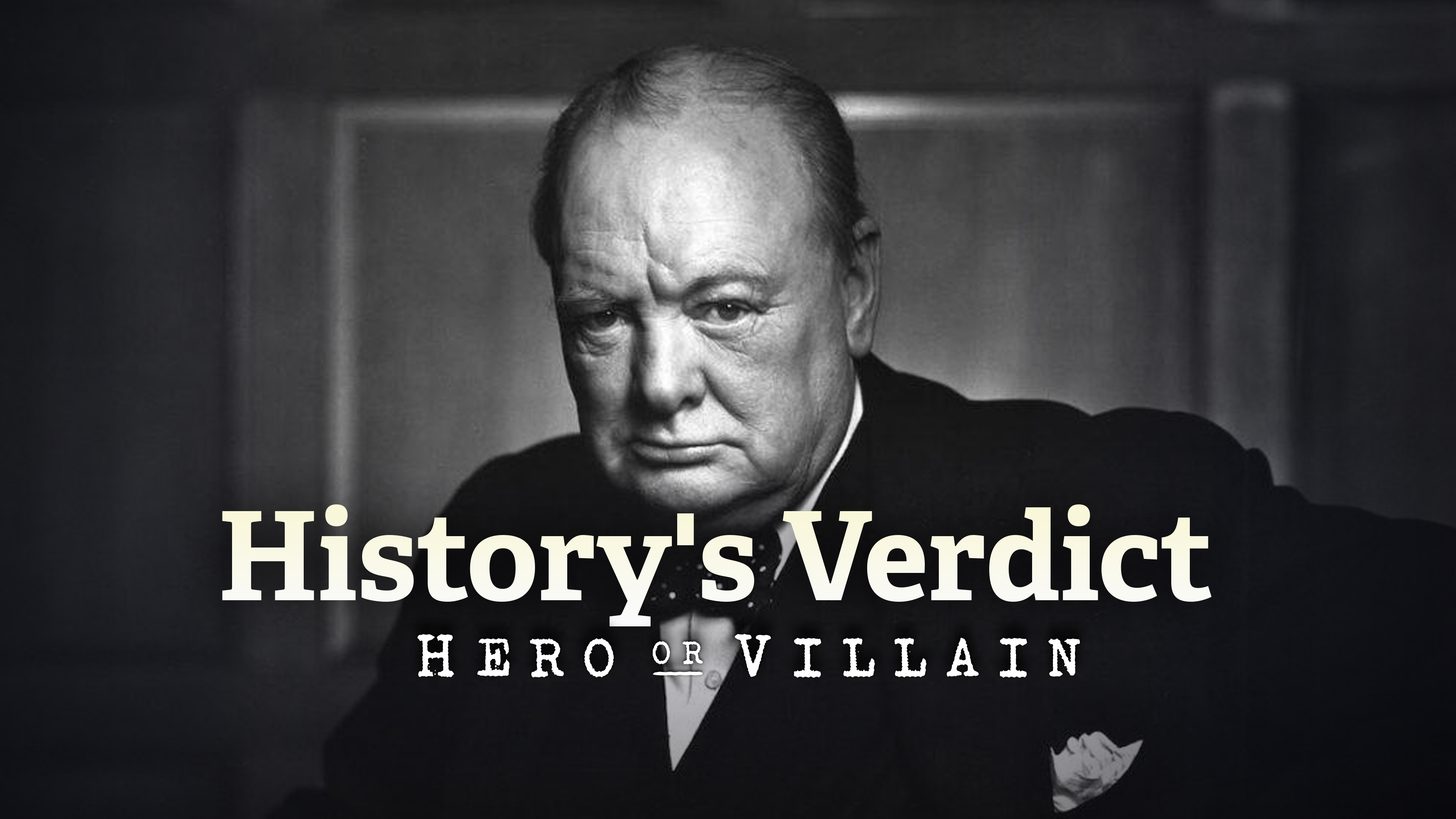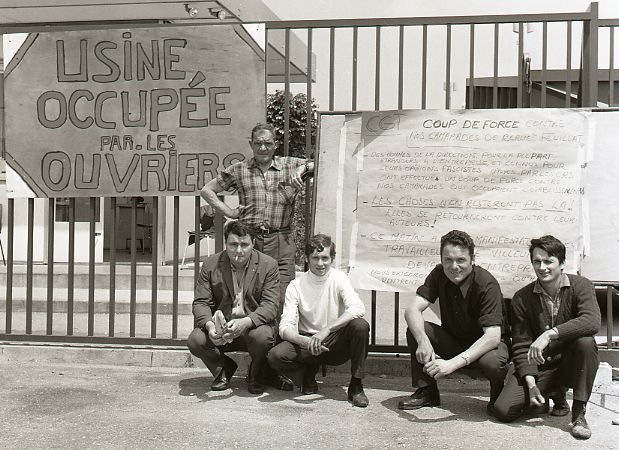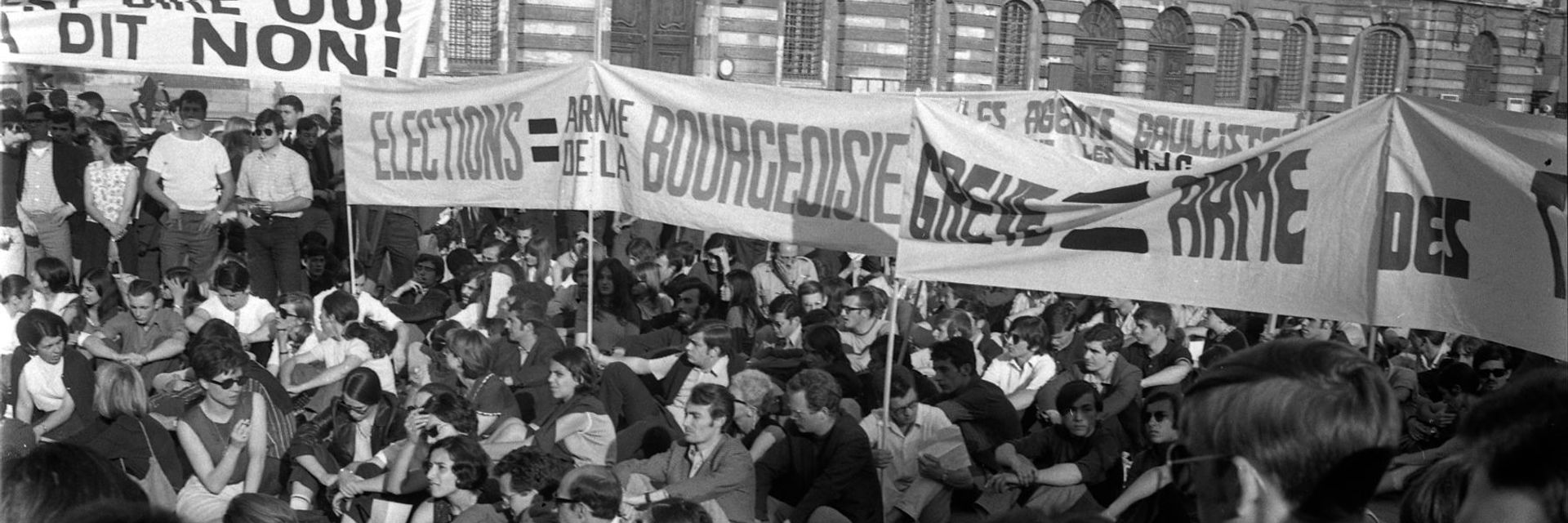May 1968 in France erupted with revolutionary fervor, with workers and students organizing a massive nationwide strike. The workers’ strike was arguably more successful than the students’.
◊
The workers' strike that erupted across France in May 1968 was the culmination of simmering, long-term social, political, and economic tensions. The spark that ignited this explosive movement was the fervent call for revolution made by students who sought to challenge the established order and demand radical changes in society. Their rallying cry for a complete overhaul of the existing system resonated with discontent among various segments of the population, in particular the working class.
At the heart of the protest lay a sense of dissatisfaction with prevailing socioeconomic conditions. France was experiencing a period of rapid modernization and urbanization, which brought with it disparities in living standards and working conditions. Workers in factories and industries were grappling with long hours, low wages, and inadequate workplace safety measures.
The generational divide between the older rank-and-file trade unionists and the younger unaffiliated workers added to the tension. The more radical younger group, who began the walkout with a massive wildcat strike, pushed for more progressive reforms, which were of less interest to the union bosses who called the shots for the less idealistic senior workers.

For a deeper dive into Charles de Gaulle's stormy last years as French president, check out the MagellanTV series History's Verdict.
‘Vive La Resistance Proletarienne’: Workers Gain the Upper Hand
The initial phase of the strike saw workers responding enthusiastically to the students’ call for revolution. They walked off their jobs, occupied factories, and joined mass protest marches. Striking workers proudly marched through the streets of Paris on May 13, symbolizing the unity of labor and student activism.
However, the solidarity between students and trade unions began to unravel as their separate motivations became clearer. While the young revolutionaries were calling for the complete overthrow of capitalism and the state, the trade unions saw the opportunity to leverage the movement for their own specific, work-related demands. The trade unions never fully embraced the students’ goals; instead, they saw them as a means to their own ends.
The Government Negotiates with Unions, Defusing the Rebellion
As the strike escalated and the disruption to essential services like the postal system and public rail company became more pronounced, the government realized that it needed to act decisively to regain control. The government led by President Charles de Gaulle was determined to quell the uprising and restore order. De Gaulle’s administration employed a multifaceted strategy to bring the strike to an end.
In negotiations with the trade unions, the government addressed the workers’ main demands, while skillfully exploiting the divisions between students and trade unions. The French Communist Party, traditionally aligned with workers, distanced itself from the students, characterizing them as bourgeoisie posing as proletarians.

French strikers with poster reading “Factory Occupied by the Workers” during labor protest, June 2, 1968 (Source: GeorgeLouis, via Wikimedia Commons)
The government’s strategy successfully managed to weaken the momentum of the strike. By the end of May, as unions and government leaders convened for negotiations, a series of agreements were reached, including significant wage increases and a shorter workweek. While not completely satisfying all the workers’ demands, these agreements were substantial enough to convince a considerable portion of the striking workforce to return to their jobs, defusing the intensity of the protests.
The convergence of students’ revolutionary zeal and workers’ demands for better conditions created a powerful alliance initially, but the united front could not, and indeed did not, last. The end of the workers’ walkout effectively brought an end to the tumult of May 1968.
For a deeper dive into the unrest centered in Paris in May 1968, take a look at The Paris Student Rebellion of May 1968 – Sex First, Then Politics on MagellanTV.
Ω
Title Image source: Atelier de l’Ecole Nationale Supérieure des Beaux-Arts, via Wikimedia Commons

